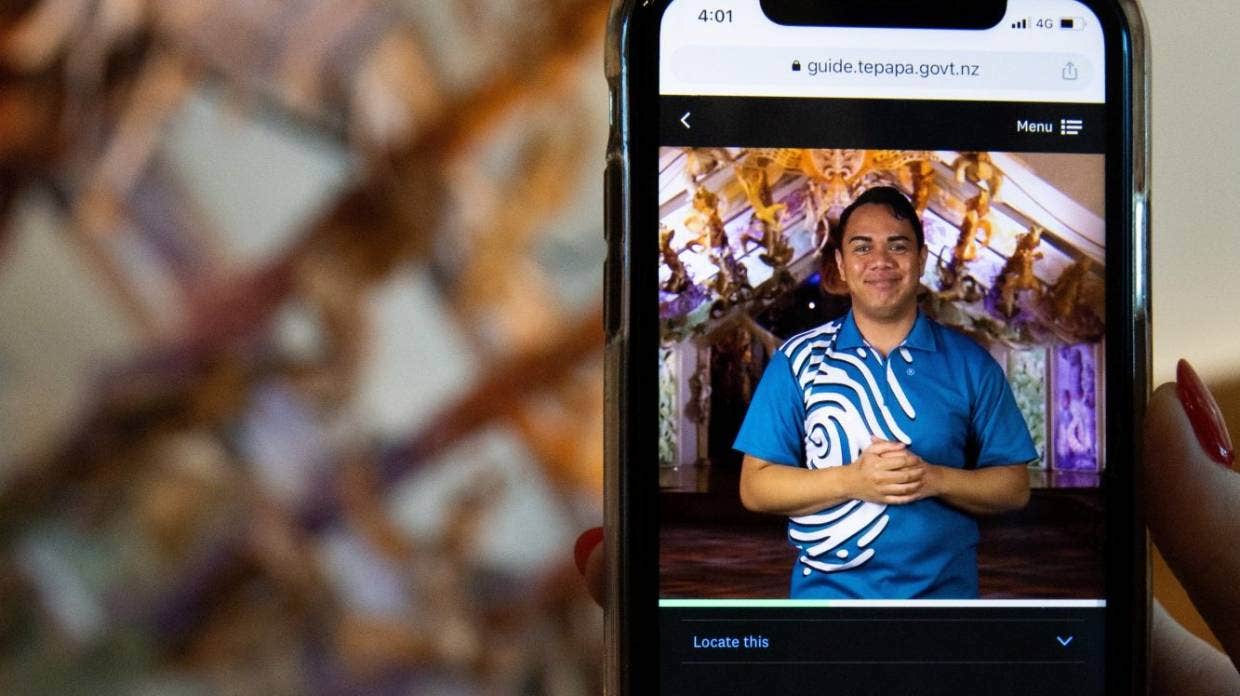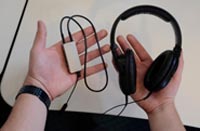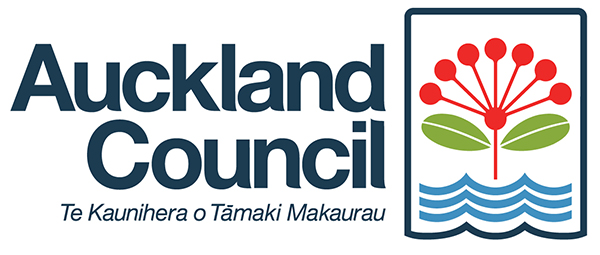New technologies
This page features information about innovative technologies that support people to engage with the arts as artists, audience members, readers and writers, and museum and gallery visitors. Please email comms if you use or know about new technologies to feature on this page.
Your breath, your music
The Magic Flute is an electronic wind instrument designed by My Breath My Music, a foundation based in the Netherlands that aims to give people with profound disabilities the opportunity to play music. They use either self-adapted electronic instruments or electronic instruments that the organisation has developed. The Magic Flute is designed to be played without the use of the musician’s hands. The flute piece is mounted on a tripod and can be easily tilted up and down by the musician’s head movements. This selects the note played while blowing into the flute. Blowing harder produces more volume.
The organisation is focused on helping students in the Netherlands but as it grows, it hopes to help music students around the world. You can watch a video of a performance. The foundation is offering three free PC software items that have been developed to help disabled people engage in music making.
NZSL guide available at Te Papa
 Te Papa has launched an NZSL mobile guide, which allows Deaf people to engage with every aspect of the museum and its exhibits. The web-based guide is free, and can be used on a phone, iPad or tablet. It gives a summary of what’s on each level of the museum, as well as tours of popular exhibitions and objects. QR codes and URLs give access to sign language content about exhibits.
Te Papa has launched an NZSL mobile guide, which allows Deaf people to engage with every aspect of the museum and its exhibits. The web-based guide is free, and can be used on a phone, iPad or tablet. It gives a summary of what’s on each level of the museum, as well as tours of popular exhibitions and objects. QR codes and URLs give access to sign language content about exhibits.
Bringing orchestral music to sensitive ears
 In a possible world-first, the Auckland Philharmonia Orchestra is exploring ways to help people who find loud, busy spaces overwhelming. A new device allows people with autism and hearing sensitivity to enjoy live orchestral performance. A feed of the orchestra is sent from the sound engineering board into the devices and a remote control allows the headphone wearer to adjust the volume to suit themselves. The APO worked with Arts Access Aotearoa on the creation of the pilot programme that received funding in early 2019 from a local philanthropist. Phonak Audio provided the system used in the trial.
In a possible world-first, the Auckland Philharmonia Orchestra is exploring ways to help people who find loud, busy spaces overwhelming. A new device allows people with autism and hearing sensitivity to enjoy live orchestral performance. A feed of the orchestra is sent from the sound engineering board into the devices and a remote control allows the headphone wearer to adjust the volume to suit themselves. The APO worked with Arts Access Aotearoa on the creation of the pilot programme that received funding in early 2019 from a local philanthropist. Phonak Audio provided the system used in the trial.
Want to see more resources? Check out our Useful Resources page for publications, guides, and international tools supporting accessible arts practice.


